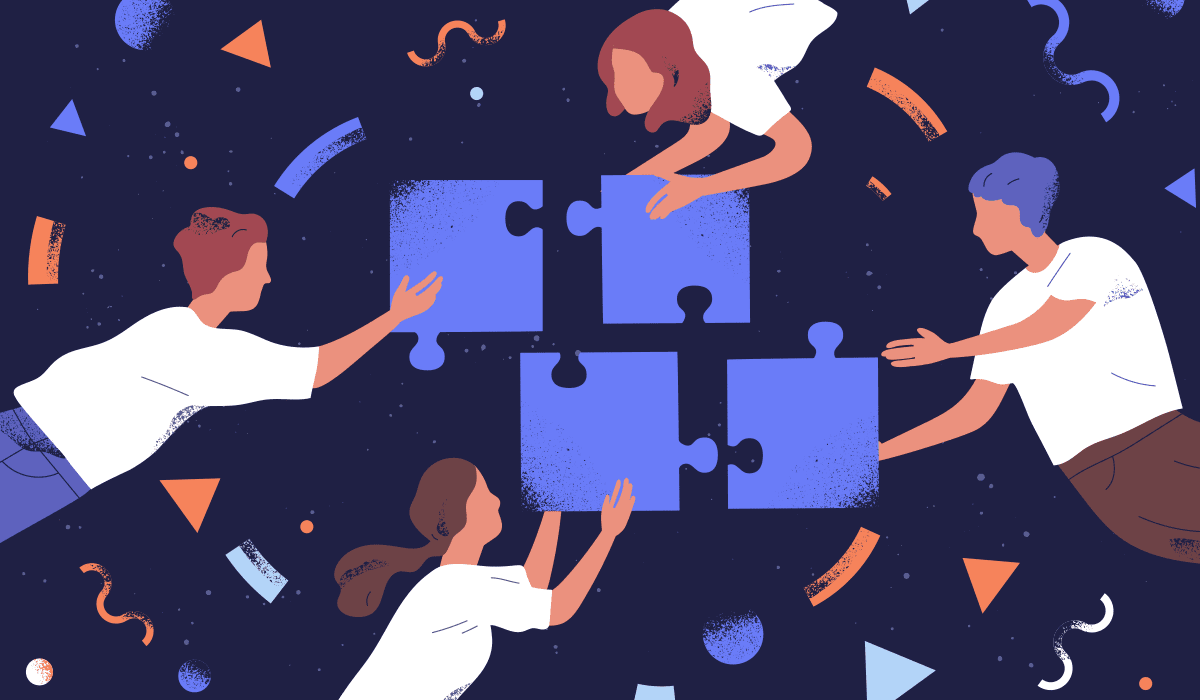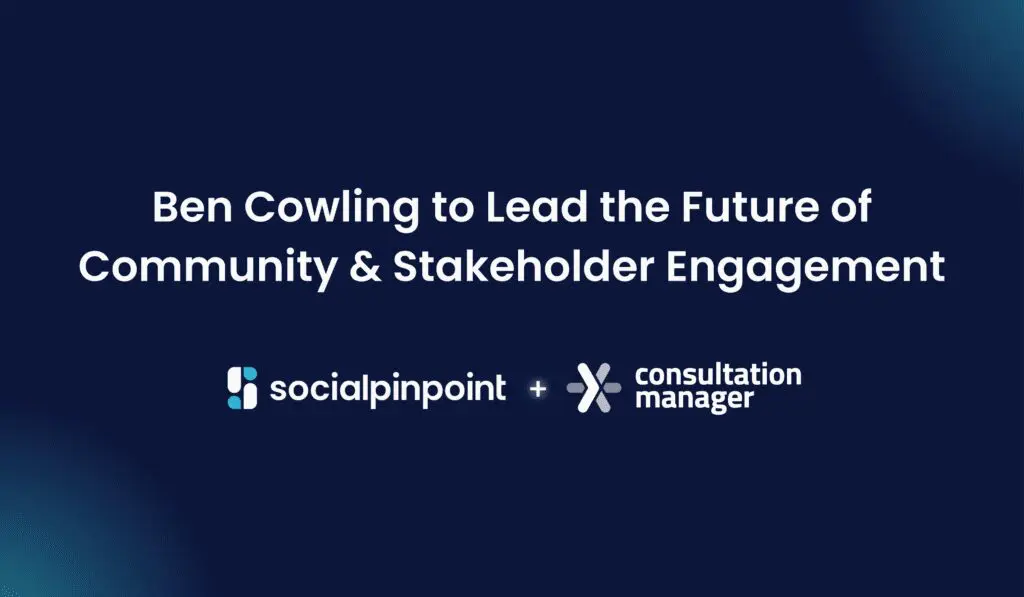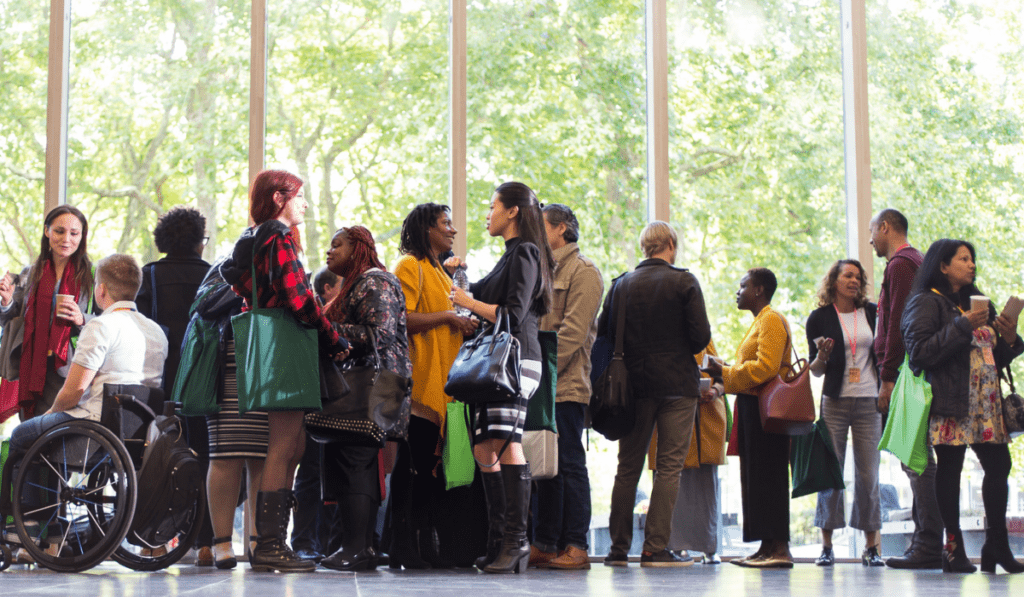The pandemic has created a drawn-out period of uncertainty as our future has depended on a series of unique unknowns. With a growing body of research into collective trauma and a continuation of natural and social disasters, it’s important for community engagement experts to understand the impact these events have had on us collectively and help bring people together again.
Some groups of people are more directly exposed to the impacts of traumatic events, these wounds affect us on a spiritual level and impact our collective identity. If we don’t try to reconnect after trauma, a community can fragment in the same way that an individual dissociates with themselves and the world around them.
Singing from balconies and support offered via social media groups were just a couple of powerful examples of communities connecting during the pandemic. However, helping the community rebuild in the aftermath when resources are drained and people are tired is also essential. In light of the recent traumatic events that many of us have experienced either directly or through stories in the media, we need to think about how we can relate more meaningfully to our mutual past and bring our communities back together in the present.
Acknowledge Collective Pain
You might be feeling a sense of fatigue or overwhelm in your community and it’s important to acknowledge the impact of events that have occurred and how people are feeling. During the pandemic, many people intentionally withdrew from businesses and schools, sacrificing their own financial security for the common good. Refraining from going out into the world and foregoing experiences was an act of community-spirited generosity and we have to acknowledge the impacts it has had on people’s lives.
Pain doesn’t go away faster if we ignore it and preventing the community from expressing themselves will only make it surface in the long run. It’s important to provide avenues for your community to process grief, communicate their new needs, and share their hopes for the future. We need to accept feelings of fear, loss, and loneliness that have manifested themselves in different ways for different people before asking them to move on.
Rebuild Connections
Many forms of mutual aid and community solidarity can spring out of traumatic events. In the pandemic alone, community organizing, networks, projects, donations, support, and outreach spurred a super-bloom of altruistic engagement. People have worked together as equals in an uprising of hyperlocal connections and alternative social relationships that break the hero-victim paradigm. Mutual aid is about people coming together to support and look out for one another and is the foundation for a new breed of interdependent communities. When we strengthen the relationships of people living close to each other, the problems of health, isolation, discrimination, unemployment, and housing are no longer experienced as distant social issues. Rather, they are local realities that have affected someone we know personally. This collective care and interdependence can spark social transformation going forward.
Enable Meaningful Work
You can mitigate the harshness of a pandemic with a spirit of generosity. The image of a young person delivering groceries to a vulnerable family on their bicycle, or a nurse suiting up to enter the ICU provides meaning to the events that have unfolded around us. If we can recognize the value of these empathetic actions and give people an avenue to support each other in emergencies, society can become more resilient.
Community engagement experts also have an opportunity to foster conversations about who we are, what we want, and what is possible. Evidence from previous emergencies has shown that people in crises don’t just look for ways to cope. This post-traumatic growth stems from a greater sense of community, meaning, and spirituality. Individual and communal coping responses, through arts, nature, religion, spirituality, hobbies, volunteering, mutual aid, play, learning, and activism offer a new way of approaching collective trauma and supporting communities to flourish again.
The Joy of Coming Together
Moving on and moving forward doesn’t mean that we forget about our collective losses. Moving on means accepting our memories and allowing them to become an important part of our individual and collective identities. In Srinidhi Raghavan’s words, by helping the community acknowledge its pain and reframing care as a pleasure rather than a burden, we can remember the joy of coming together again.












